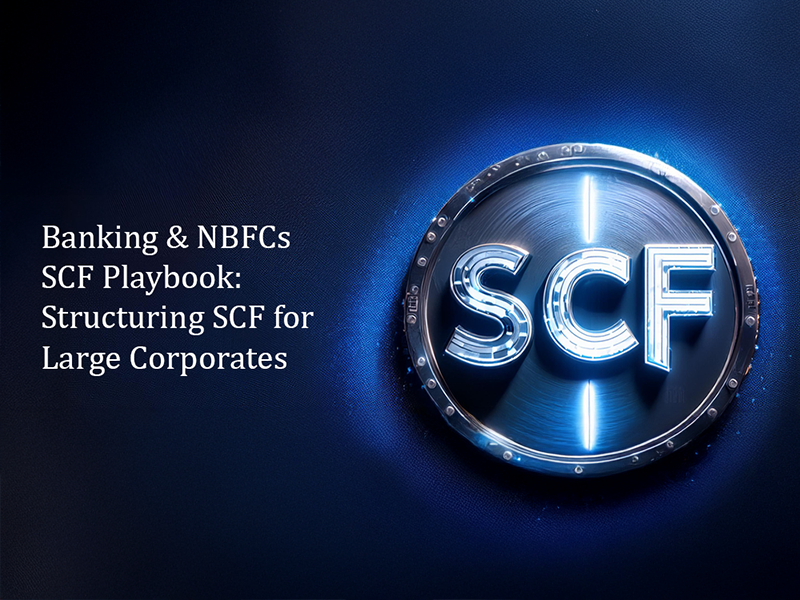API Performance Optimization: Handling Spikes in Credit Applications (The BillMart Way)
“When your API is the highway and credit applications are the traffic, you better have enough lanes — or prepare for a jam.”
In the dynamic world of digital lending, API performance isn't just a technical concern — it's your customer experience, your conversion funnel, and your business continuity wrapped into one clean JSON response.
At BillMart, we’ve seen the surge. From payday spikes to festive loan rushes to quarterly NBFC blitzes — handling high-volume credit applications without a hiccup is our core strength
Let’s dive into the what, why, and how-to-keep-your-APIs-breathing-when-credit-loads-are-heaving playbook — the BillMart way.
Think of today’s lending ecosystem — it’s asynchronous, API-led, and demand unpredictable:
- Finfluencers triggering thousands of instant loan applications
- E-commerce events driving BNPL (Buy Now Pay Later) surges
- Co-lending partners pushing simultaneous onboarding
- Underwriting engines making parallel eligibility checks
- Multi-NBFC integrations requesting credit scores at scale
A small delay in API response can lead to cart abandonment, loss of partner trust, or worse — a cascade of system failures.
At BillMart, API reliability is a KPI, not a backend side note.
When credit apps flood your endpoints, optimization isn’t about just “adding more RAM” or “retrying failed calls”.
Here’s a real-world, production-grade strategy list we follow at BillMart to ensure API resilience during spikes:
1. Horizontal Scaling – Auto-Scaling is Your Safety Net
“If your credit traffic spikes vertically, your infra must scale horizontally.”
At BillMart, all APIs are deployed on Kubernetes clusters with auto-scaling policies. During a spike:
- New pods spin up instantly.
- Load balancers re-route traffic efficiently.
- Database read replicas distribute query pressure.
Bonus: We keep warm instances ready for known peak windows (e.g., month-end disbursals or partner flash sales).
2. Connection Pooling – Don't Overload Your DB Pipes
Every API request shouldn’t mean a fresh DB connection.
- We use optimized connection pooling per microservice.
- Async non-blocking I/O ensures idle connections don’t throttle throughput.
- Timeout and retry logic are set per partner SLA.
At BillMart, we’ve fine-tuned pool sizes like an orchestra — never too loud, never too sluggish.
3. Caching Strategy – Cache What Doesn’t Need Real-Time
Not every call needs fresh data.
Eligibility criteria rules? Cached for minutes.
Loan product configurations? Cached for hours.
Partner APIs with rate limits? Cached responses with TTL.
At BillMart, we use:
- Redis for in-memory caching
- CDN edge cache for public APIs
- Stale-while-revalidate patterns for read-heavy endpoints
Caching isn’t cheating — it’s smart lending engineering.
4. Rate Limiting – Fair Usage Keeps the System Fair
What if one integration overloads your API?
Rate limiting prevents it.
At BillMart, we implement:
- API key-based quotas
- Burst-control thresholds
- Dynamic rate shaping based on partner priority
And yes — we send smart error messages (429 with retry-after) so partners know what’s happening, not just “Something went wrong.”
5. Queueing for Async Operations
Some actions can wait a few milliseconds.
- Credit score pulls? ✅ Queued.
- KYC document OCR? ✅ Async processing.
- Bank statement parsing? ✅ Kafka-driven workflow.
At BillMart, we decouple heavy tasks using RabbitMQ and Kafka, so front-facing APIs don’t get bogged down waiting on slow external systems.
6. API Pagination & Filtering – Don’t Serve Everything, Serve What’s Needed
Why fetch 1000 disbursal records when you need just 10?
BillMart’s APIs are designed with:
- ✅ Granular filtering
- ✅ Cursor-based pagination
- ✅ Partial response selectors
It’s not just about performance — it’s also about lean data transfers, especially in mobile lending environments.
7. Observability – You Can’t Optimize What You Don’t Measure
At BillMart, every API call is logged, analyzed, and visualized. We use:
- Prometheus + Grafana dashboards
- OpenTelemetry tracing
- Real-time API latency heatmaps
- Alerting thresholds on response time and error spikes
Performance optimization is 20% configuration, 80% observability.
8. Resilient APIs – Because Failures Happen
We bake in:
- Retry logic with exponential backoff
- Circuit breakers using Hystrix-like patterns
- Fallback responses (graceful degradation)
Even if a credit bureau is slow, our users don’t feel the pinch.
User Request → Load Balancer → Auto-scaled API Pod → Redis Cache Check → Kafka for Async Tasks → DB with Read Replicas → Response in ❬250ms And yes — our P95 latency target is under 300ms, even during peak load.
| Metric | Target |
|---|---|
| P50 API Latency | < 150ms |
| P95 API Latency | < 300ms |
| Error Rate | < 0.5% |
| Cache Hit Ratio | > 80% |
| API Uptime | 99.99% |
| Request Throughput | >1000 TPS (Scalable) |
- Cold starts kill performance — use pre-warmed containers.
- Validate request payloads early — fail fast, save compute.
- Secure your APIs with JWT, OAuth2, but optimize token refresh windows.
- Add correlation IDs to trace issues across microservices.
- Use gRPC for internal microservice calls, REST for external ones.
In lending, your API speed is your brand speed.
If you can’t process applications fast, someone else will.
At BillMart, we’ve made API resilience and scalability a non-negotiable standard — because we don’t just build fintech; we build trust-driven, high-throughput lending ecosystems.
“The fastest API wins the customer, but the most reliable API keeps them.”



